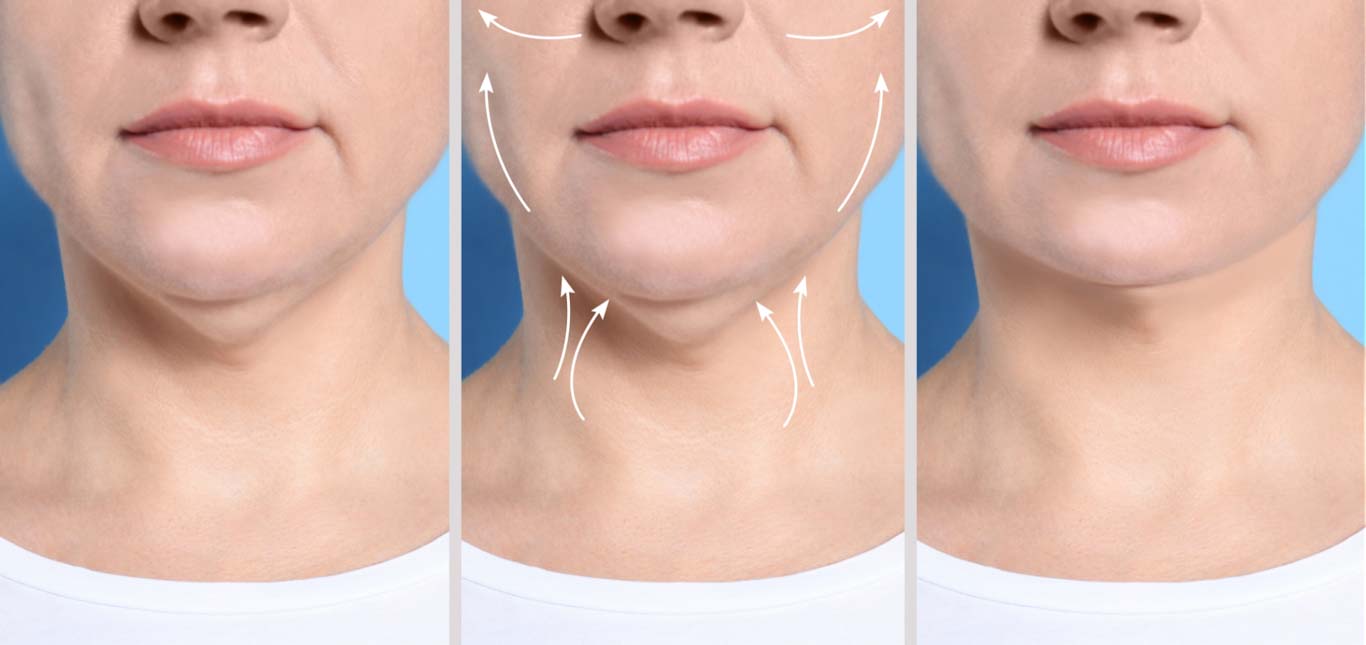
Health
Apr 05th, 2024
Contrave (Bupropion/Naltrexone Combination) For Effective Weight Loss
View Post
about Contrave (Bupropion/Naltrexone Combination) For Effective Weight Loss
Spring is in the air, and so is the chance to rejuvenate with an exclusive offer from Heal n Cure Medical Wellness Center. This March, embrace the season of renewal with our fantastic offer to Reduce Double Chin & Sculpt Jawline
– your opportunity to redefine your profile and boost your confidence.

Caring Approach, Scientific Application
Since 2005, Heal n Cure has treated health concerns in Glenview, Evanston, Lake Forest, and throughout Chicago. Dr. Meena believes that looking and feeling your best isn’t a destination; it’s a lifelong journey full of amazing discoveries about your body and yourself. Her functional medicine approach leads every step taken to a new level of health, confidence, and personal wellbeing.
Functional medicine combines the best from traditional Western medicine and Eastern medicine, treating the root causes of illness. Assessing you as a whole, we focus on restoring and enhancing your physical and emotional health.
Our Heal n Cure “test, don’t guess” policy looks at your unique biochemical makeup. This way, when we assess your health, we can treat your concerns with true, customized, personalized medicine.
Check out treatment discoveries and wellness insights from Dr. Meena.


The Next Step
Let’s Talk
Schedule a complimentary discovery call and let us answer your questions.
Get Started
Curated by Dr. Meena, use our Virtual Consultation Tool to explore treatment recommendations for your unique concerns.
